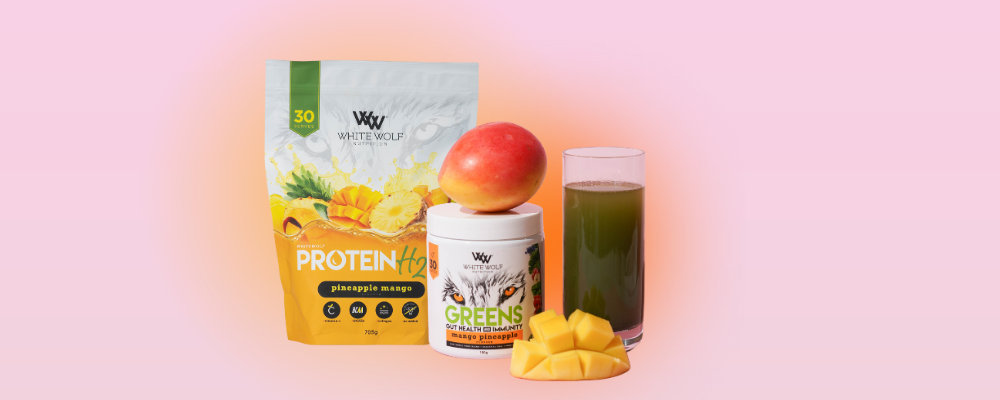Muscle soreness, also known as Delayed Onset Muscle Soreness (DOMS), is a common discomfort that most people experience after an intense or unfamiliar workout. Whether you're a beginner or an experienced athlete, anyone can be impacted by DOMS. It's caused by tiny tears in the muscle fibers that occur during physical activity. This article will explain the symptoms, causes, and most effective ways to treat muscle soreness. By understanding DOMS, you'll be able to manage the discomfort and recover faster, getting you back to your workouts sooner. To find out more keep reading to learn how to alleviate pain and speed up muscle recovery.
Understanding Muscle Soreness (DOMS) and Its Symptoms
Pushing your muscles over their normal limits can cause delayed onset muscle soreness or DOMS. In this section we break down the main symptoms and give insight into why they happen.
Common Symptoms of Muscle Soreness
DOMS manifests in several ways. The most common symptoms include:
- Pain when stretching or moving the affected muscle
- Muscle fatigue and weakness
- Swelling or tightness in the muscles
- Tenderness when touching the muscle
Understanding these symptoms can help you distinguish muscle soreness and differentiate it from other forms of pain, such as muscle strains or injuries.
What Causes Muscle Soreness (DOMS)?
Several factors contribute to muscle soreness, and knowing what causes it can help you prevent or minimize its impact in the future.
Key Causes of Muscle Soreness
Here are the common causes of DOMS:
- Longer workouts: Prolonged exercise puts extra strain on your muscles.
- Trying new exercises:When you introduce unfamiliar movements, your muscles work in new ways, increasing the likelihood of soreness.
- High-intensity exercises: Intense workouts cause tiny tears in muscle fibers, leading to soreness.
- Increased exercise frequency: Exercising more than usual can push your muscles beyond their typical capacity.
By understanding the causes of DOMS, you can adjust your workout routine to minimize its occurrence.
Effective Ways to Treat Muscle Soreness
Fortunately, there are several treatments available to help ease the pain of muscle soreness and accelerate recovery.
Massage
A good massage can help reduce muscle stiffness and improve blood circulation to the affected muscles. This increased blood flow can help provide comfort and aid in faster recovery.
Cold Therapy
Common signs of muscular discomfort include swelling and inflammation, which can be reduced by applying ice or cold compress. The first 24 to 48 hours following an exercise are the best time for cold therapy.
Heat Therapy
Heat therapy works by stimulating blood flow to the muscles, helping to relax the muscles and reduce tightness. This is especially effective after the initial swelling has subsided.
Supplements for Muscle Recovery
Supplements like TriMag are specifically formulated to support muscle recovery. TriMag offers vital nutrients that support muscle repair, which improves performance, lessen pain and promotes relaxation.
Managing Muscle Soreness Effectively
In conclusion, muscle soreness (DOMS) is a natural result of challenging workouts. You can cure and reduce discomfort by being proactive and being aware of the symptoms and their causes. You can speed up your recovery and resume your exercise routine with the use of therapies like massage, cold and heat therapy and recovery supplements like TriMag!

















